Best wishes to IM Gary Quillan on his birthday, this day (November 7th) in 1970.
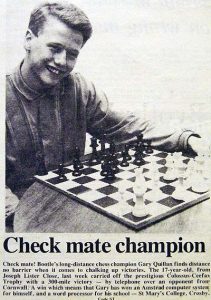
We offer best wishes to IM Simon John Bradley Knott on his birthday
Simon was born on Sunday, October 19th 1958 in Lambeth, London to Simon Harold John Arthur Knott and Josephine Whowell.
Simon attended Trinity College, Cambridge.
He became a FIDE Master in 1990 and an International Master in 2001. According to Felice and Megabase 2020 his peak FIDE rating was 2401 in October 2002 at the age of 43.
Simon was Southern Counties (SCCU) champion in the 1995-96 and 2001-02 seasons.
Simon plays for Hertford and Barbican in the Four Nations Chess League.
As white Simon plays the Queen’s Gambit via a 1.Nf3 or 1.c4 move order. There are zero 1.e4 games!
As the second player he plays the French Winawer and the Grünfeld Defence.

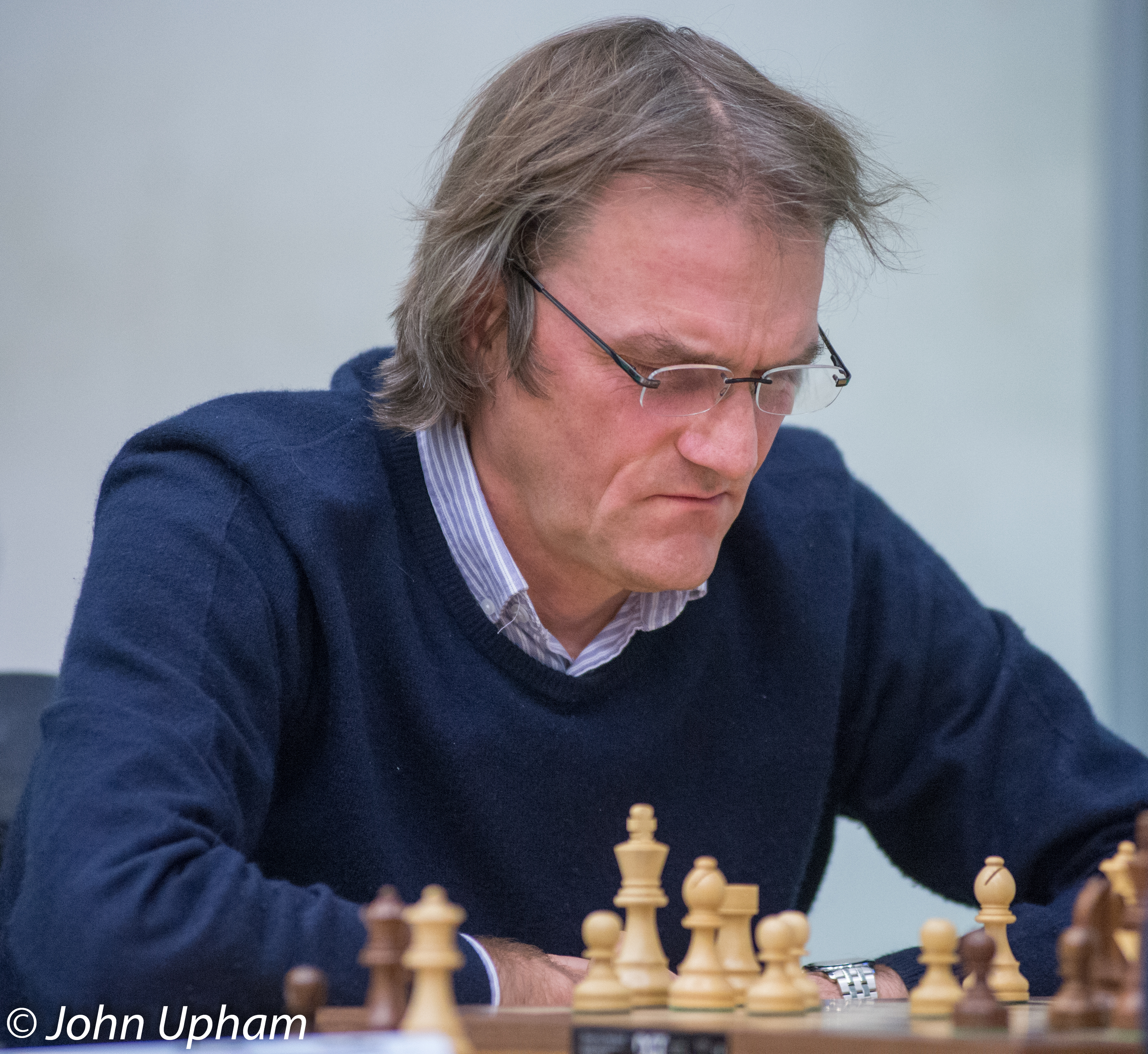
BCN remembers Charles Fox (09-xi-1866 11-x-1935)
Charles Masson Fox was born on Friday, November 9th 1866 in Falmouth, Cornwall. his father, Howard, was 29 and his mother, Olivia Blanche Orme, was 22. He had one brother and two sisters.
His sister Olivia Lloyd was born on 5 February 1868 in Falmouth, Cornwall, when Charles Masson was 1 year old. His sister Stella was born on 11 December 1876 in Falmouth, Cornwall, when Charles Masson was 10 years old. In 1881 he was living in Sherborne, Dorset. In 1901 he was once more living in Falmouth and his profession was that of a timber merchant. His brother Howard Orme died on 7 June 1921 in Falmouth, Cornwall. His father Howard passed away on 15 November 1922 in Cornwall. His mother Olivia Blanche passed away on 12 March 1930 in Falmouth, Cornwall, at the age of 85.
Sadly, neither Hooper & Whyld, Sunnucks or Golombek mention Fox in their works.
Here is an extensive article from the British Chess Problem Society (BCPS) written by CJ Feather
From Wikipedia :
“Charles Masson Fox (9 November 1866 – 11 October 1935) was a Cornish businessman who achieved international prominence in the world of chess problems and a place in the gay history of Edwardian England.
Masson Fox was born into a Quaker family (although he was not related to the Quakers’ founder George Fox) and was a cousin of the fraudulent sinologist Sir Edmund Backhouse, 2nd Baronet. Living throughout his life in the Cornish seaside town of Falmouth, Fox in the early decades of his life was a senior partner of his family’s timber firm, Fox Stanton & Company, and was also on the Board of Messrs G C Fox & Company, a long-established firm of shipping agents.
C.M.Fox’s gravestone at Budock Quaker Burial Ground
Fox is described by chess historian Thomas Rayner Dawson (1889–1951) as “a friendly man, kind, mellow, lovable, bringing peace and comfort and serene joy with him”. He was also a discreet but active homosexual. In 1909 he visited Venice with his friend James Cockerton, meeting the writer Frederick Rolfe and becoming the reluctant recipient of Rolfe’s famous Venice Letters, in which the gay subculture of Venice is vividly described.
In 1912–13 Fox was blackmailed by a woman who accused him of seducing her 16-year-old son. Eventually Fox reported the matter to the police and the woman was sent to prison for five years and her son for one year, with hard labour.[1] However, Fox was profoundly affected by the publicity surrounding the case, which was reported in detail in the local press. The predictable result of his courageous action was the destruction of his reputation, and the compromise of his business and social life in Falmouth.
Although he continued to live in Cornwall, the focus of his social life shifted to London, and in the last two decades of his life, Fox became prominent in the world of chess. He was elected President of the Cornwall Chess Association, played a prominent part in the development of the British Chess Problem Society, and is still renowned as one of the greatest ever exponents of fairy chess (chess problems with variations in the rules).”
From The Problemist Fairy Chess Supplement, 1933 :
What is the shortest game
ending in this position?

We send best wishes to WFM Sarah Natasha Longson (née Hegarty) on her birthday this day, (October 2nd) in 1988.
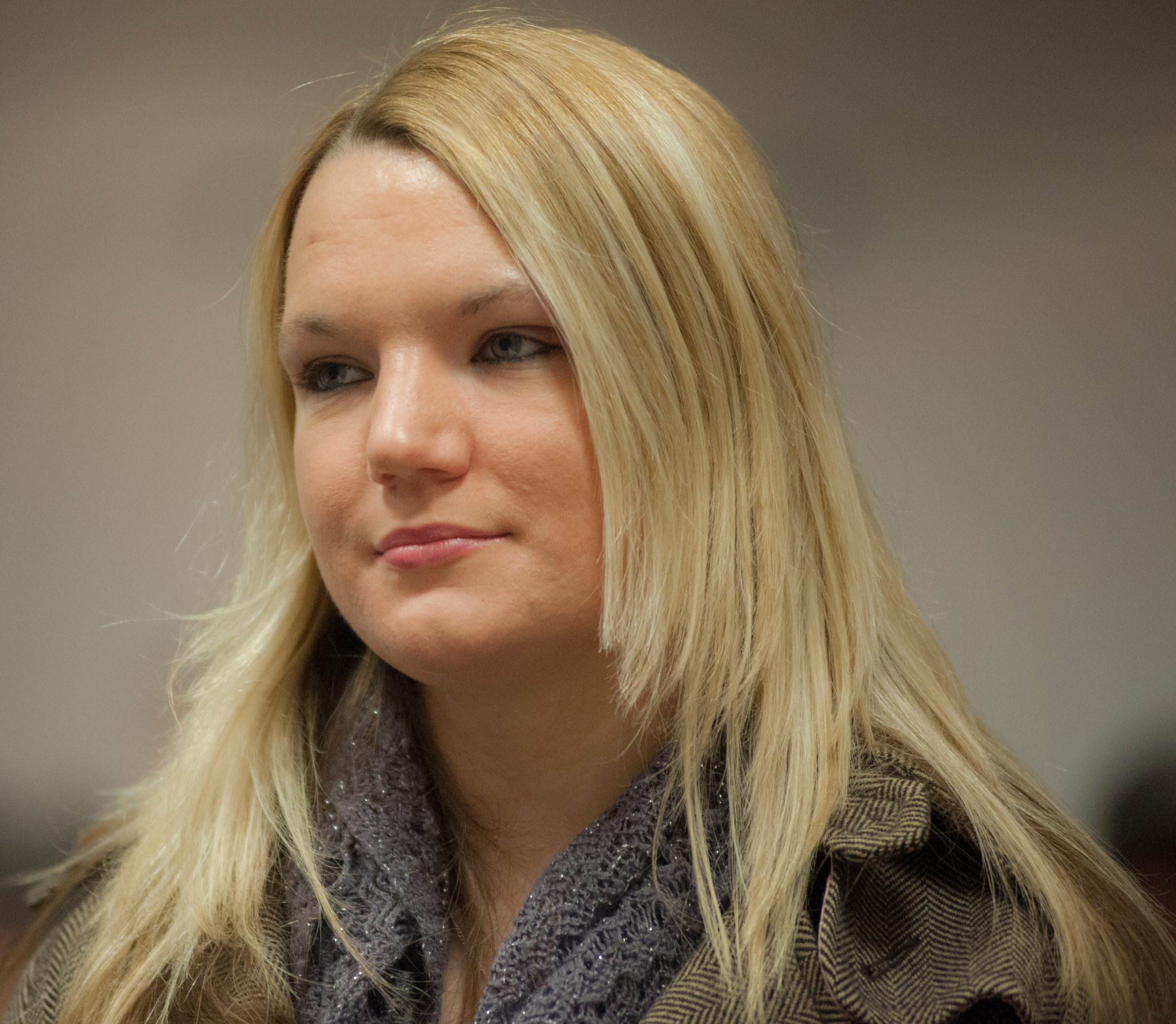
From Sarah’s web site :
“I have played competitive chess since the age of 7 when I became UK U7 Girls Chess Champion and appeared on Blue Peter where I met the then world champion Garry Kasparov. Since then I have represented England in many international competitions and in 2013 won the British Ladies Championship.”
In 2016 Sarah and partner FM Alex Longson made a successful bid for ownership of the UK Chess Challenge which was auctioned by the bankruptcy receiver of IM Mike Basman, the previous owner.
Sarah and Alex have modernised the UKCC considerably especially in the areas of communications and usage of IT.
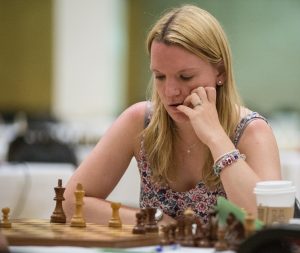
According to the ECF Sarah’s nominal club is Marple but she also plays for Stockport and 4NCL 3Cs.
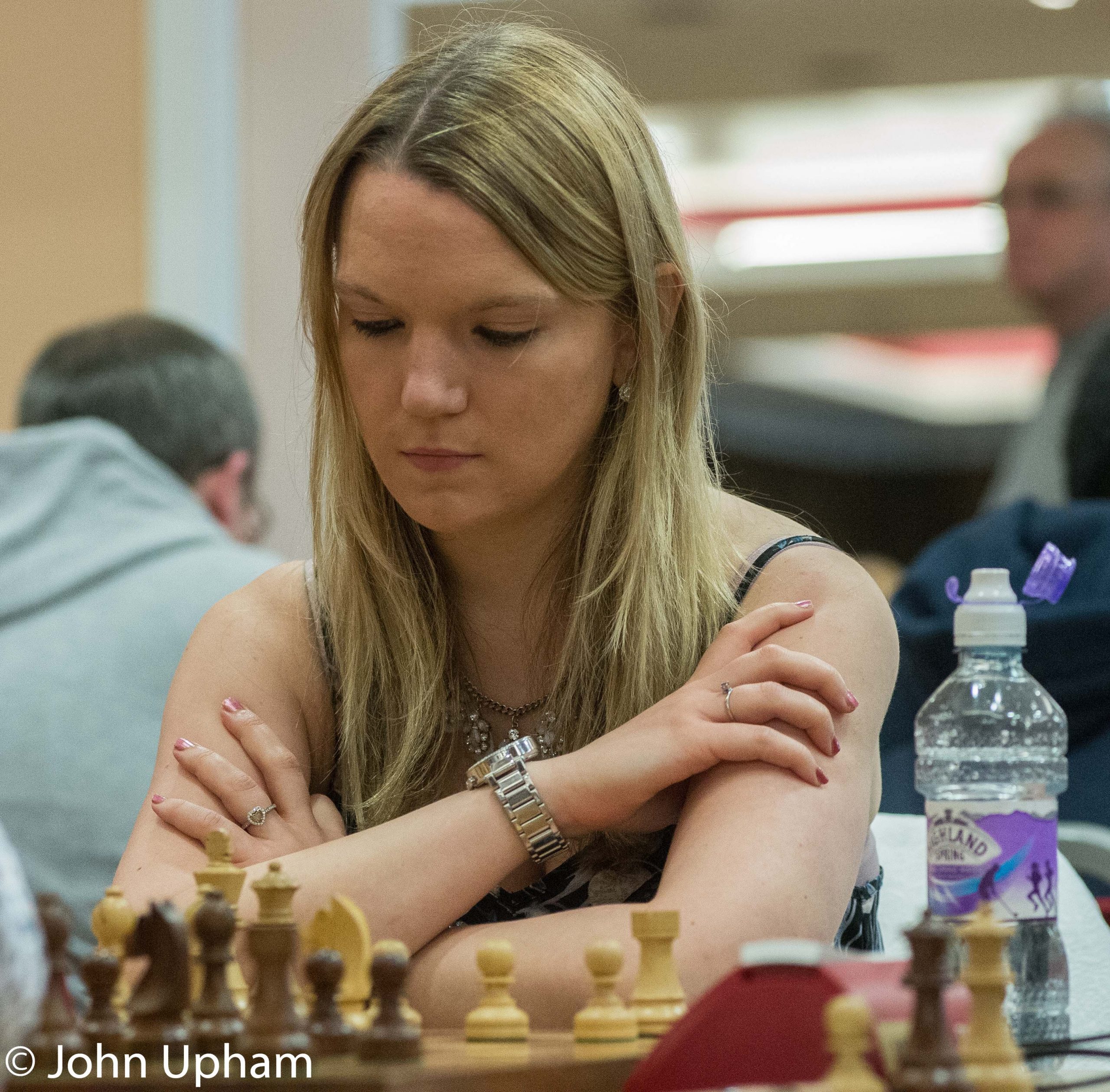
He was British Correspondence Champion in 1972 and awarded the IMC title in 1981.
According to Kings Indian I Attacking Systems :
“British Correspondence Champions 1971/72. Placed second in an ICCF master tourney 1973/76. A member of the British team in the 9th Olympiad 1977/80. Gained the IMC title in the European Team Championship 1978/81.”
According to Chessbase Correspondence Database 2020 Frank achieved his highest (ICCF) rating in January 1991 of 2410.

As White Frank would play the Queen’s Gambit via a 1.Nf3 move order. He did not play 1.e4
As the second player he would defend the closed Ruy Lopez and the Nimzo-Indian Defence.
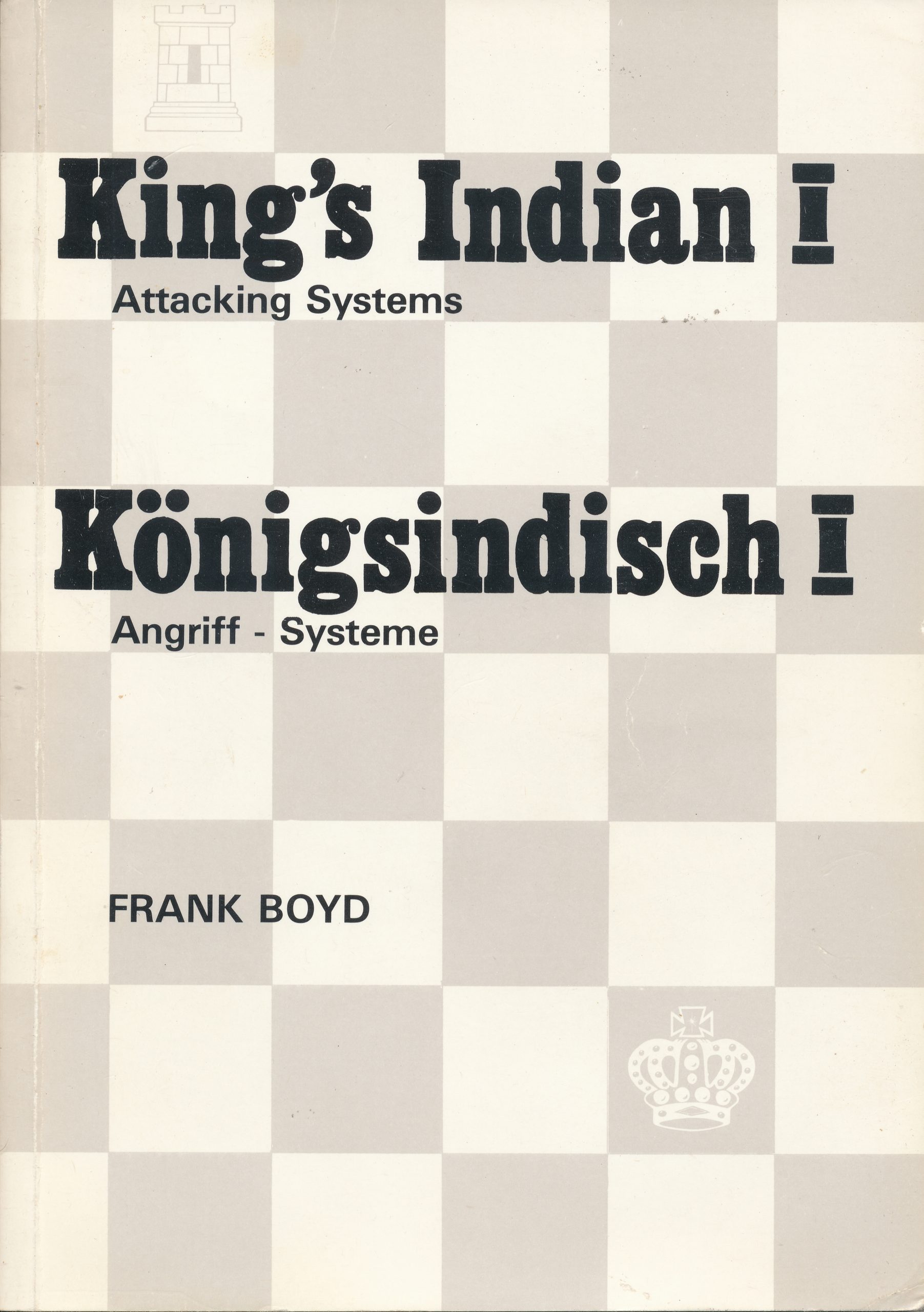
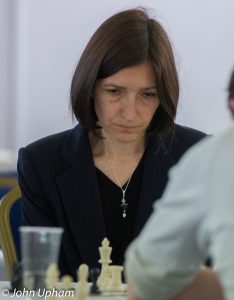
BCN wishes GM Ketevan Arakhamia-Grant best wishes on her birthday, July 19th 1968
Here is her extensive Wikipedia entry
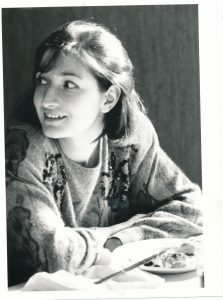
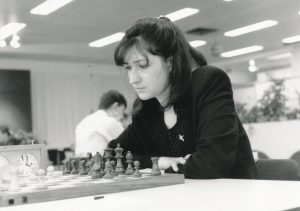
BCN remembers Robin Matthews CBE, FBA who died in Cambridge aged 83 on June 19th 2010. Probate (3367272) was granted in Ipswich, Suffolk on September 6th, 2010.
Robert (Robin) Charles Oliver Matthews was born in Edinburgh on Thursday, June 16th 1927. Born on the same day was England cricketer, Tom Graveney.
His English father, Oliver Harwood Matthews became an Edinburgh solicitor and his mother was Ida Matthews (née) Finlay. Robin had a daughter Alison.
He was educated at Edinburgh Academy and then Corpus Christi College, Oxford becoming a Fellow of All Souls College, Oxford. He went on to become a highly successful economist authoring at least twelve publications on the subject.
According to Wikipedia “He was the Drummond Professor of Political Economy at Oxford from 1965 to 1975 and the Professor of Political Economy at Cambridge from 1980 to 1991. He was also the Master of Clare College, Cambridge from 1975 to 1993.”
For a detailed description of this part of his life there is an excellent obituary / biography from the Australian economist, Geoffrey Harcourt.
Brian Stephenson (BCPS) writes : “Probably the UK’s greatest composer of ‘mate in 3’ #ChessProblems . His chapters in the book you note were what got me hooked on chess composition. Nearly all of his output can be viewed at The Meson Database”
Black Correction: Quaternary Play
First Prize, The Observer, 1964
Mate in three
According to David McKittrick in The Independent:
“Outside academia, Matthews was keen on chess, in particular setting problems and publishing two books on what are known as three-mover directmates, in which white is to move and checkmate black in no more than three moves against any defence.
Although this might be thought a particularly narrow point of interest, one enthusiast said of him that his writings “demonstrated a deep knowledge along with the feeling of wonder and curiosity about the subject”.
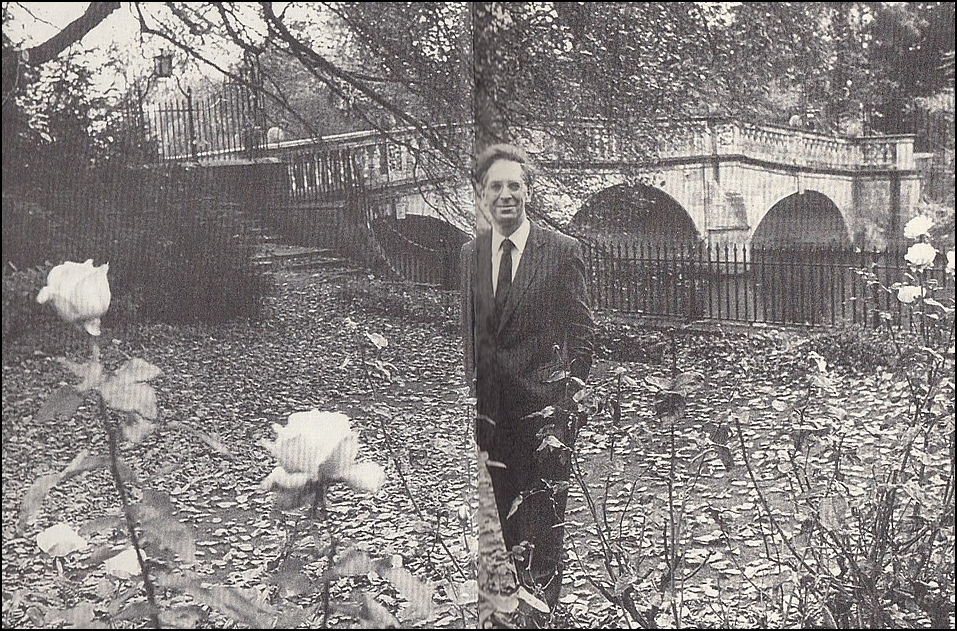
From The Oxford Companion to Chess by Hooper & Whyld:
“British Composer, International Judge of Chess Compositions (1957), International Master for Chess Compositions (1965), economist, appointed Master of Clare College, Cambridge in 1975. He has specialised in orthodox three movers and is among the world’s leaders in this field.”
Here is an obituary from The Daily Telegraph
and an obituary from The Independent
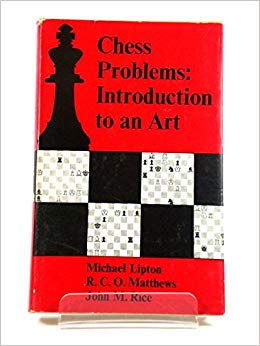
From The Encyclopedia of Chess by Anne Sunnucks :
International Master of the F.I.D.E. for chess compositions (1965) and International Judge of the F.I.D.E. for Chess Compositions (1957). President of the British Chess Problem Society for 1971 and 1972. Professor of Economics at Oxford University.
Cyclic Overload Doubled
First Prize, British Chess Magazine, 1968
Mate in three
Born on 16th June 1927. Professor Matthews has composed about 200 problems, about 40 of them 1st prize winners, mainly strategic three-movers, He is one of the world’s best three move composers.
Nowotnys
British Chess Magazine, 1967
His best problems give clear-cut expression of complex themes, with proper attention given to key-move and by-play in the best English tradition.

The results are massive rather than elegant, but carefully constructed. Themes he has specialised in include overload White self-weakening and reciprocal change.”
R.C.O. Matthews
British Chess Magazine
1956
White to play and mate in three moves
From Wikipedia :
“Robert (Robin) Charles Oliver Matthews (16 June 1927 – 19 June 2010) was an economist and chess problemist.
Matthews was born in Edinburgh. He was educated at Edinburgh Academy and Corpus Christi College, Oxford, and was a Fellow of All Souls College, Oxford. He was the Drummond Professor of Political Economy at Oxford from 1965 to 1975 and the Professor of Political Economy at Cambridge from 1980 to 1991. He was also the Master of Clare College, Cambridge from 1975 to 1993.”